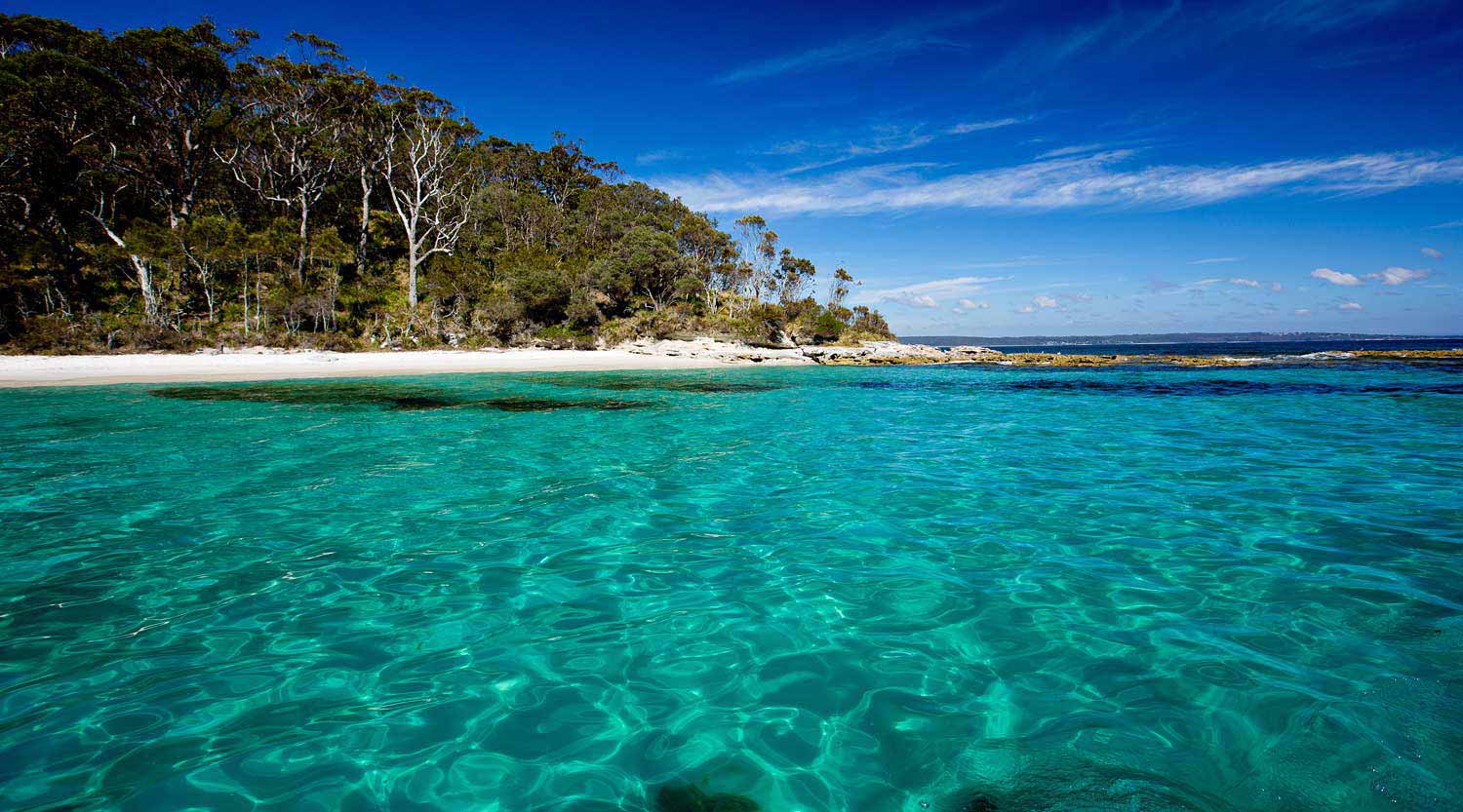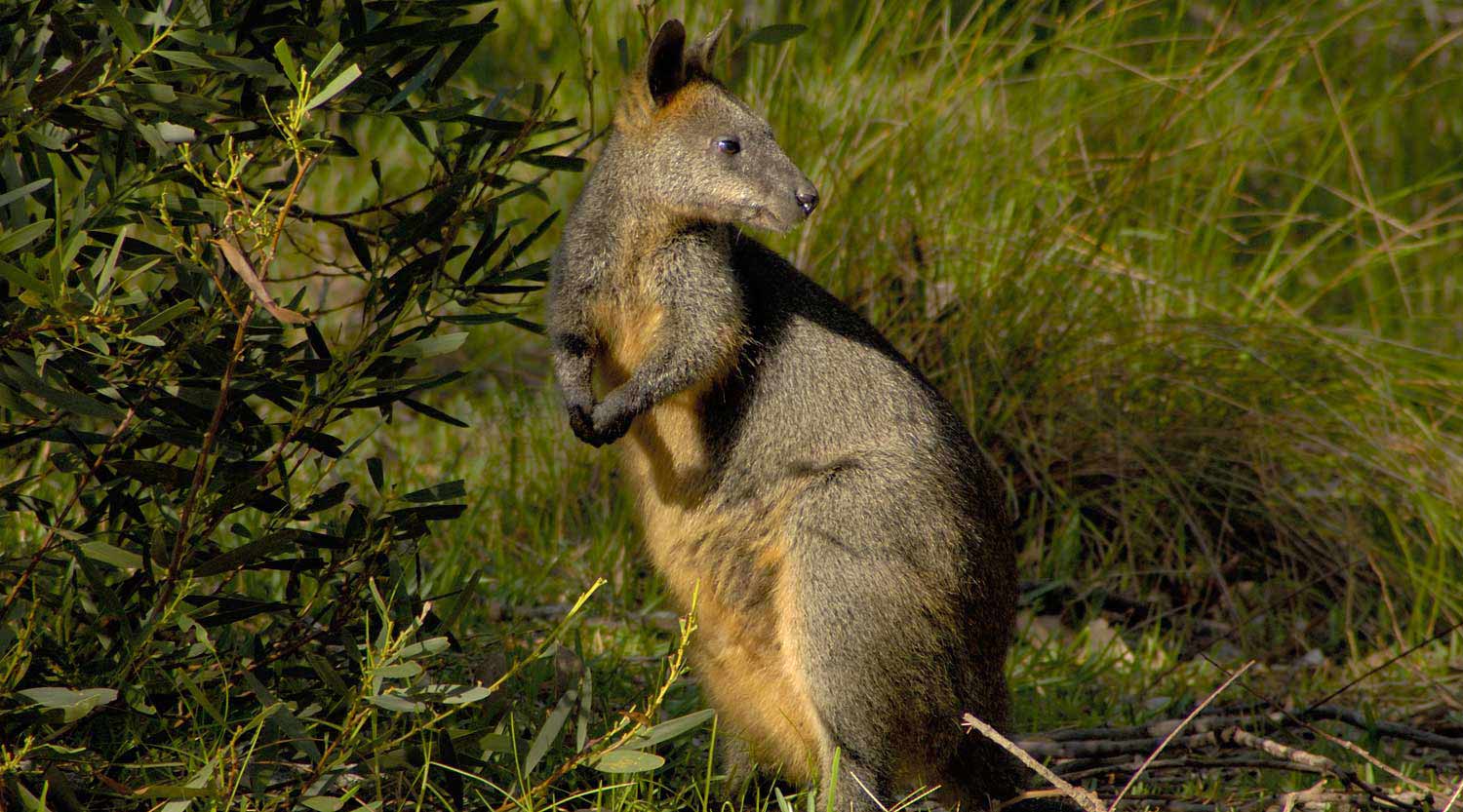Our history
Booderee, in the Dhurga language of the region, means ‘bay of plenty’. The name was chosen by the Wreck Bay Aboriginal Community for the former Jervis Bay National Park and Jervis Bay Botanic Gardens following the handback of the area to its Aboriginal Traditional Owners.
The Wreck Bay people remain closely tied to their Culture. They have vast experience in cultural interpretation and are delighted to guide visitors around the botanic gardens and park, sharing stories of their ancestors and way of life.
Traditional living
 Murrays Beach at Booderee National Park
Murrays Beach at Booderee National Park
Booderee is a Koori-owned place. Koori people are born of the land and have lived off the land forever. Booderee is the home and spirit of the Wreck Bay people and holds much evidence of the Traditional Owners’ ancestry.
More than 100 prehistoric Aboriginal sites have been recorded on the Bherwerre Peninsula, some probably dating back to the stabilisation of the sea level about 6,000 years ago. Most sites are shell middens, but there are also rock shelters, burial sites, ceremonial grounds, stone-flaking sites and axe-sharpening grooves.
The distribution of these recorded sites emphasises the importance of the eastern end of Wreck Bay. The high density of midden sites on the Bherwerre Peninsula mirrors the preferred fishing zones of the present community.
Ceremonial bunan or bora grounds are known only from the immediate hinterland of this section of Wreck Bay, and nearly all known axe grinding groove sites are in the catchments of Mary and Summercloud bays.
Living off the land
 A timid swamp wallaby, Booderee National Park
A timid swamp wallaby, Booderee National Park
Booderee forms part of a network of sites, places and landscapes that have helped provide generations with the knowledge and understanding of how to properly manage and live with these lands and waters.
Aboriginal people established camps where food and water were abundant and hunting and gathering were bountiful. The main sources of bush foods were yams, berries and native animals such as kangaroos, possums and echidnas.
Seafood has always been a major part of the Booderee diet. Oysters, muttonfish (abalone), pipis and mussels were easily found, especially at low tide.
Fish catches were also plentiful, as the Aboriginal people’s only competition for these tasty morsels were the predators of the ocean. Net-fishing has played (and still plays) a major role in the lives of the people of Wreck Bay. The main fish caught are whiting, bream, salmon and tailor.
Stay in touch
Subscribe to receive important updates about Booderee National Park.






